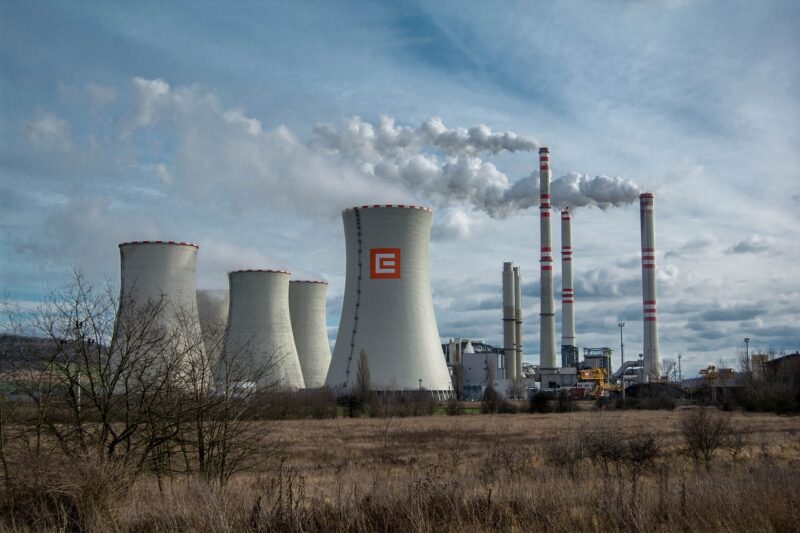How Air Pollution Is Measured and the Factors Affecting Our Air Quality
November 12, 2024

Air pollution is a pressing global issue that affects health, quality of life, and the environment. As urbanization increases and industrial activities expand, understanding how air pollution is measured and the factors influencing air quality is becoming increasingly important. This comprehensive article delves into the methodologies used for measuring air pollution and the various factors that determine the quality of the air we breathe.
1. Understanding Air Pollution
Air pollution is the presence of harmful substances in the atmosphere, which can come from various sources such as vehicle emissions, industrial discharges, and natural processes. According to the World Health Organization (WHO), air pollution is responsible for approximately 7 million premature deaths annually worldwide, primarily due to cardiovascular diseases, respiratory illnesses, and other health complications.
There are several types of air pollutants, including:
- Particulate Matter (PM): Tiny particles suspended in the air, measured in micrometers (PM10, PM2.5). These can penetrate deep into the lungs and even enter the bloodstream.
- Nitrogen Dioxide (NO2): A reddish-brown gas produced from combustion processes, primarily from vehicles and power plants.
- Sulfur Dioxide (SO2): A gas produced from burning fossil fuels and industrial processes. It can lead to acid rain and respiratory problems.
- Volatile Organic Compounds (VOCs): Organic chemicals that can easily vaporize and contribute to ozone formation at ground level.
- Carbon Monoxide (CO): A colorless, odorless gas produced by burning fossil fuels. High levels can be extremely dangerous and even fatal.
- Ozone (O3): While beneficial in the upper atmosphere, ground-level ozone is a harmful pollutant formed through chemical reactions between sunlight and pollutants like VOCs and NO2.
2. How Is Air Pollution Measured?
Measuring air pollution involves quantitative assessments of pollutants in the atmosphere. The methodologies can be broadly classified into two categories: active sampling and passive sampling.
2.1 Active Sampling
Active sampling involves drawing air into a collection device at a known rate over a specific time period. This process typically uses:
- Filter Samplers: Used to collect particulate matter. Air passes through a filter that captures particles, which can then be analyzed in a laboratory.
- Gas Sampling Bags: Used for gaseous pollutants, these bags collect samples of ambient air for laboratory analysis.
- Continuous Monitoring Stations: These stations employ automated sensors to continuously measure various pollutants and provide real-time data on air quality. They help in tracking changes in pollution levels and issuing alerts when thresholds are exceeded.
2.2 Passive Sampling
Passive sampling does not require power or active pumping mechanisms. Instead, it relies on the natural diffusion of the pollutants. Methods include:
- Diffusion Tubes: Simple tubes that allow air to enter and adsorb gas pollutants over time. They are typically used for monitoring NO2 and VOCs.
- Passive Sampling Badges: These are lightweight and can easily be worn or attached to surfaces to monitor local air quality over extended periods.
3. Factors Affecting Air Quality
Several factors play a crucial role in determining the quality of air we breathe. These include:
3.1 Meteorological Conditions
Meteorological factors, such as temperature, humidity, wind speed, and atmospheric pressure, can significantly influence air quality. For instance:
- Temperature Inversions: During a temperature inversion, warmer air traps pollutants close to the ground, leading to higher concentrations of harmful substances in urban areas.
- Wind Speed: Low wind speeds can result in stagnant air, causing pollutants to accumulate. Conversely, strong winds can disperse pollutants, improving air quality.
- Humidity Levels: High humidity can enhance the formation of secondary pollutants like ozone and particulate matter, worsening air quality.
3.2 Human Activities
Human activities are the primary source of air pollution. These include:
- Transportation: Vehicles emit various pollutants, contributing to smog and ozone formation, particularly in urban areas with heavy traffic.
- Industrial Emissions: Factories and power plants are significant sources of air pollutants, releasing chemicals and particulates into the atmosphere.
- Agricultural Practices: Pesticides and fertilizers release VOCs, while livestock farming generates methane, a potent greenhouse gas.
3.3 Natural Sources
Natural sources of air pollution can also affect air quality, including:
- Wildfires: In regions prone to wildfires, the burning of vegetation releases large quantities of smoke and particulates into the air.
- Volcanic Eruptions: Volcanoes emit sulfur dioxide and other pollutants during eruptions, impacting air quality for miles around.
- Dust Storms: Areas with dry conditions may experience dust storms that carry sediments over large distances, contributing to poor air quality.
4. The Future of Air Quality Monitoring
With advancements in technology, the future of air quality monitoring is becoming more sophisticated. Emerging technologies include:
- Remote Sensing: Satellites and drones equipped with sensors can provide real-time data on air quality across large regions, allowing for improved tracking of pollution sources and effects.
- Smart Sensors: Low-cost air quality sensors can be deployed by individuals and communities, providing localized data that helps raise awareness and inform health-related decisions.
- Artificial Intelligence (AI): AI algorithms can analyze air quality data, predict pollution patterns, and generate alerts, enhancing public health responses.
The integration of these technologies will lead to comprehensive and dynamic air quality management systems capable of tackling pollution more effectively.
Conclusion
Understanding how air pollution is measured and the key factors affecting air quality is essential for protecting public health and the environment. As we continue to research and innovate in the field of air quality monitoring, it is crucial for individuals, communities, and governments to remain informed and proactive about air pollution. Efforts to improve air quality will require collaboration across sectors, including transportation, industry, and public health, to ensure a cleaner, healthier future for all.








